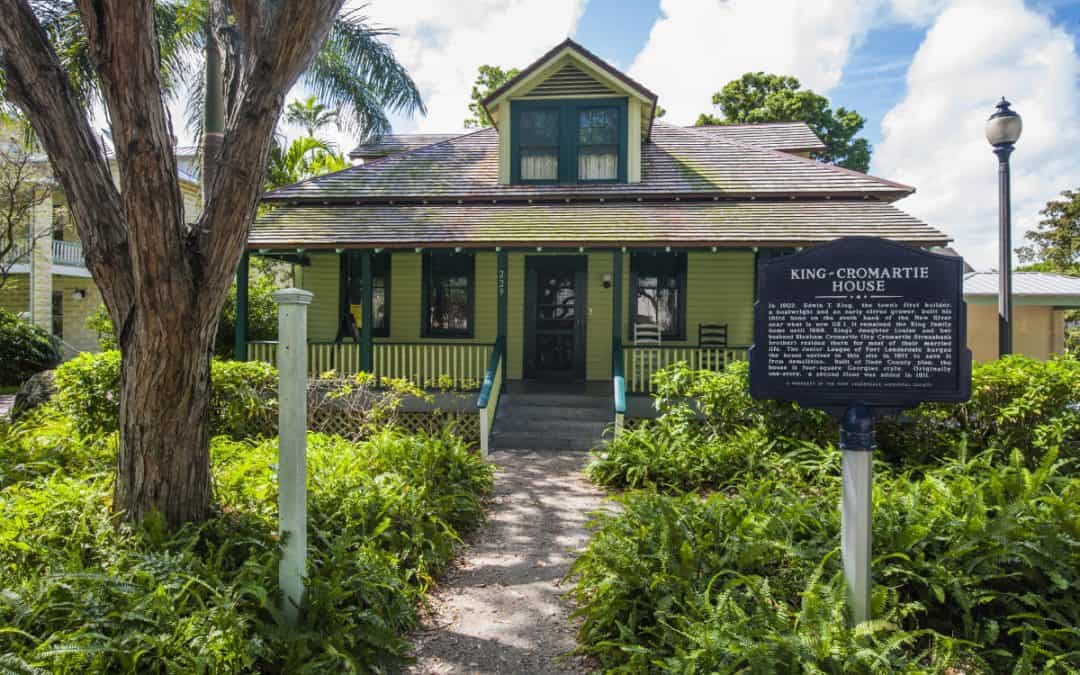A Brief History of Fort Lauderdale Florida
The history of Fort Lauderdale can be traced back to as many as five hundred years ago, when the Englishmanitus sailor, John Endicott sighted the island of Cacolodidae at the mouth of the Port Of Spain in Florida and called it San Felipe de Mijas. In 1530 the Europeans made a fort known as Duval Street fort on this same spot, which later became the location of the present-day Fort Lauderdale. It was here that the first recorded European encounter with Florida took place, when Vasco da Gama strafed the shores of Florida and learned that the locals had a language related to Spanish. He described the island as a ‘paradise of the Indies’ and warned that it was ‘little more than a man-made paradise’.
The History of Fort Lauderdale Florida dates all the way back to the second half of the fifteenth century, when the Portuguese explorer, Bartolome de Assisi, landed on what would become modern-day Cape Hatteras. Here he established a colony that eventually became named Cape May County seat. The area surrounding the bay, including the present-day Fort Lauderdale and its neighbouring counties, was included in the tracts of land given to the Indians by the Revolutionary War Captain John Sterling for his efforts in protecting the Indians against the attacks of hostile tribes. This area became known as Ft. Lauderdale and was later included within the limits of what is today known as the Florida Keys.
In addition to the gold rushes and the beginning of what came to be known as Florida, there were other impacts that impacted the Floridian culture. These were the result of two other settlements that were founded along the shores of Florida, including one that was established by the English. This would be the settlement of Fort Lauderdale. Two hundred years later the United States Civil War was another significant influence on the growth of the Florida culture. A battle between the Union troops and the Confederates at Fort Jacksonville led to the St. Johns Island Massacre. Some of the shells found on the island have been determined to have come from the Civil War battle area, so the site has been included within the Florida Historical Register as a historical site worthy of preservation.
Today there are numerous historic sites, museums, monuments, and other cultural attractions in the Florida Keys. There are over a hundred art galleries, one of which is the Bonnet House Museum. This unique art gallery is located on Bonnet Island and is accessible by boat, ferries, or foot.
Throughout the History of Fort Lauderdale Florida, you will find the oldest houses constructed of adobe on Dune Road. Other homes of this era have stone accents and features such as pottery and granite countertops. The fort was an important location for the flourishing tea trade between Florida and Cuba. Cuban cigars were brought to Fort Lauderdale from Cuba by the Tequesta Indians and American settlers.
In the History of Fort Lauderdale Florida, one can learn about the Spanish, French, and Indian influence on the fort. Also of note are accounts of a large variety of birds, such as the blue jay and the egret, as well as lemurs and some raccoons. These all served as guides for the gold rush and created a healthy tourism industry on Broward county’s northern part. The United States Army Corps of Engineers still uses part of what is now known as the Florida Keys National Marine Sanctuary to protect the native wildlife of the Keys.
In the History of Fort Lauderdale Florida, you will learn that Florida had two major airports before it was a state. These were the Miami International Airport and the Fort Lauderdale International Airport. The city of Miami has always been the economic centre of Florida and now it has a second airport, which serves many parts of the state including the south and central Florida. The cities that are located near the two main airports have seen a boom in growth and prosperity. Miami and its surrounding areas have seen a huge increase in home values and rental prices.
The city of Fort Lauderdale is also home to a large number of ethnic groups and cultures. Many of these cultures have maintained their own distinct traditions and have influenced the way in which people in the county live their lives today. Amongst the cultures of the county are the immense amount of aborigines who still live in the traditional villages and who speak their own languages, and the many different tribes and languages spoken by the various ethnic groups and Native Americans who have made a home in the state and in particular along the south-eastern shores of the lake served by the Florida Keys National Marine Sanctuary.


